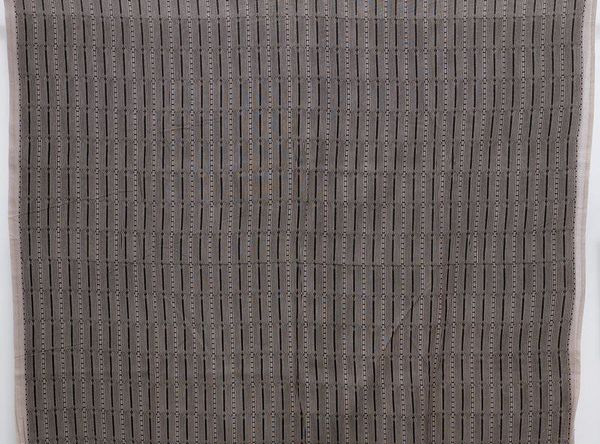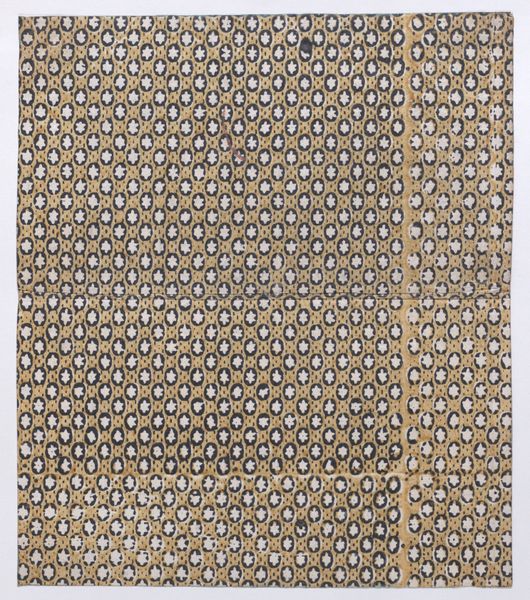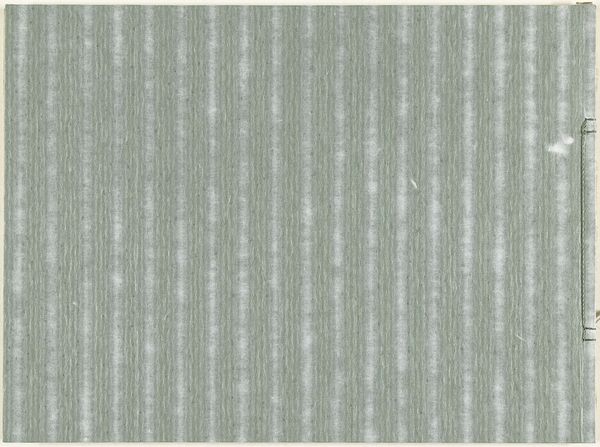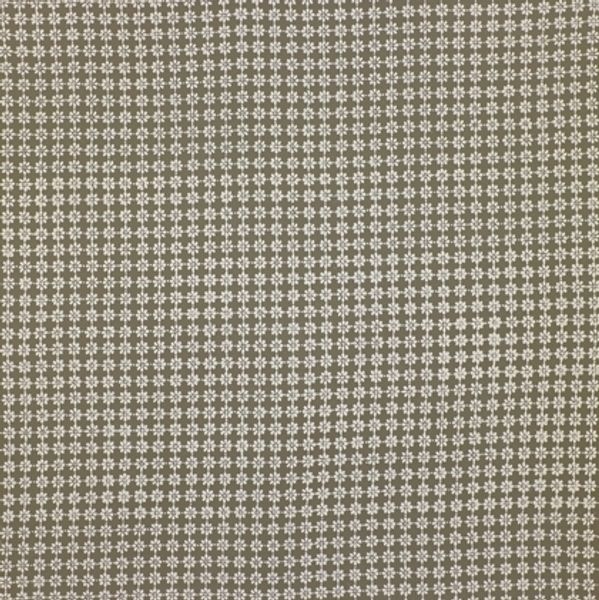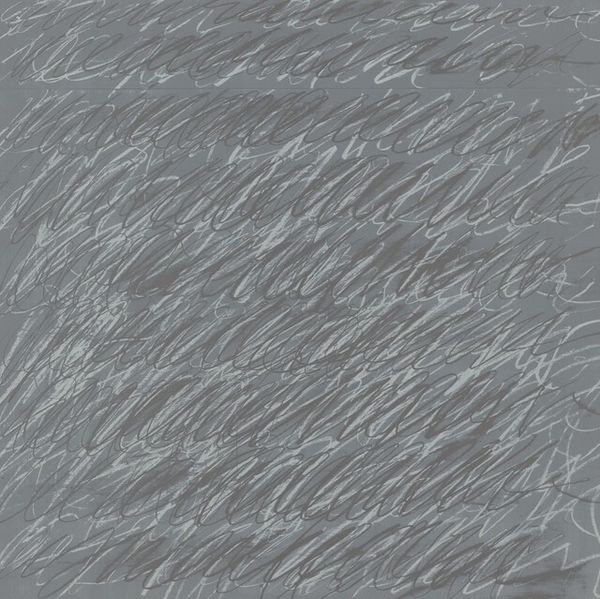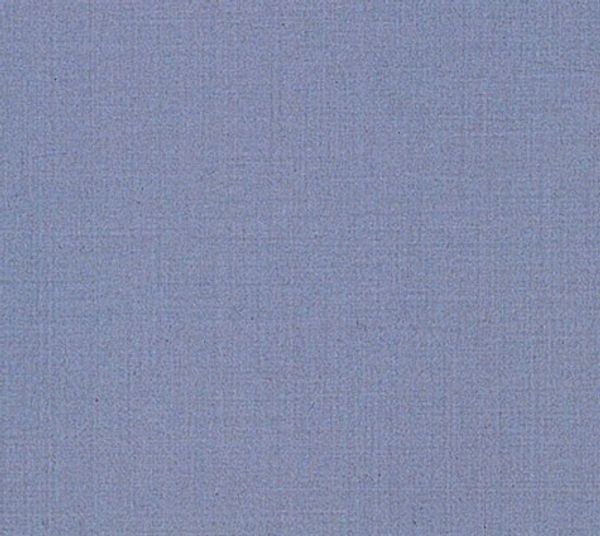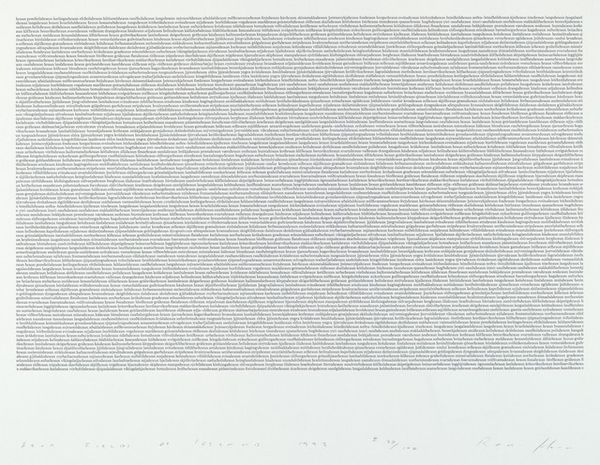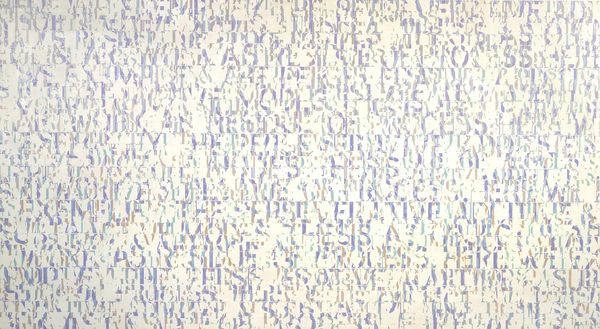
serial-art
#
conceptual-art
#
pattern
#
serial-art
#
abstract pattern
#
geometric-abstraction
#
abstraction
#
pattern repetition
#
monochrome
Copyright: Roman Opalka,Fair Use
Editor: So, this is Roman Opalka’s, "1965/1 - ∞, Detail.” I think it’s undated, though it started in 1965. It seems to be part of a conceptual piece using monochrome painting and serial art techniques... it's sort of mesmerizing. What do you see in this work? Curator: Well, its beauty, in my view, derives from the austerity of its structure. Consider how Opalka methodically applied white numerals onto a grey canvas, proceeding in a linear, sequential manner. This arrangement is not merely decorative, it is integral to its semiotic content, pointing toward themes of infinity and the passage of time. Editor: Right, I see that repetition. The never-ending sequence. But what do you make of that gesture, the repetitive counting? Curator: Each numeral serves as a signifier within Opalka’s system, indexing a moment in his life. As the series progressed, Opalka incrementally lightened the canvas, adding white to the background. Doesn't this modification highlight a concern with perception and the inherent qualities of painting as a medium? It speaks of change, doesn't it? Of temporality. Editor: It does. I suppose I hadn’t considered the gradual lightening as part of the structure, but it absolutely shifts the composition over time. It really reframes how I see it. Curator: Indeed. Focusing on its inherent visual characteristics allows for a deeper comprehension of its complex conceptual framework. Editor: I appreciate your highlighting the details and their function within the overarching structure of Opalka's work. It gave me an enhanced appreciation for what’s at play here.
Comments
No comments
Be the first to comment and join the conversation on the ultimate creative platform.




